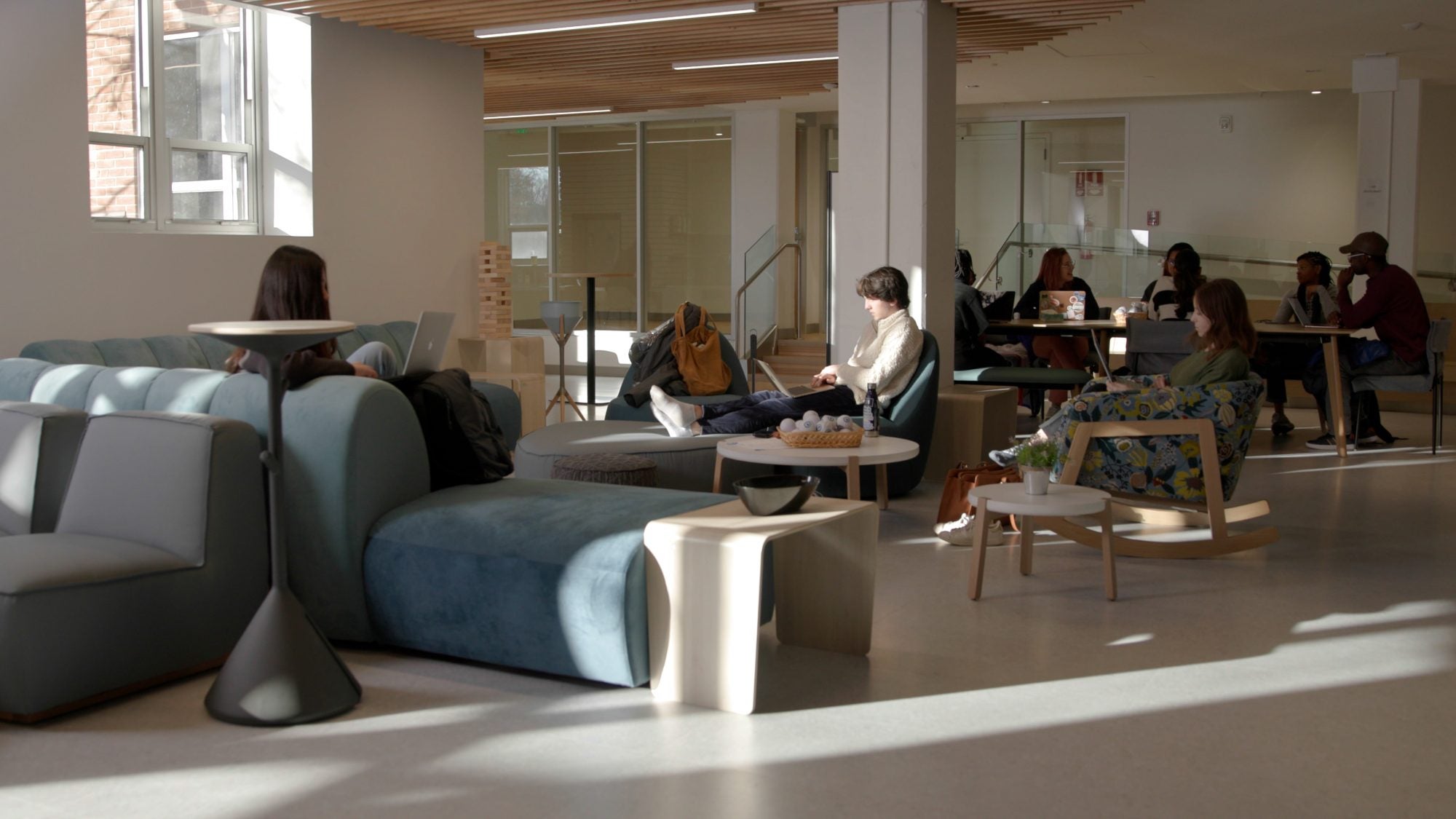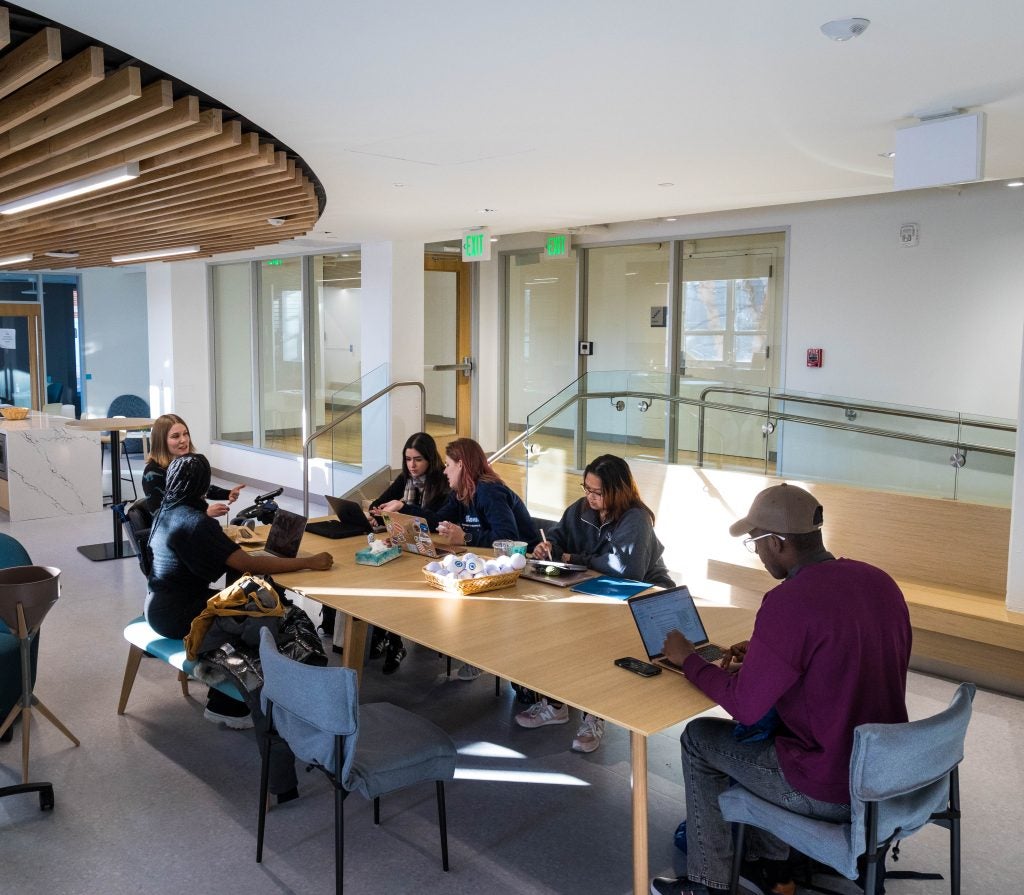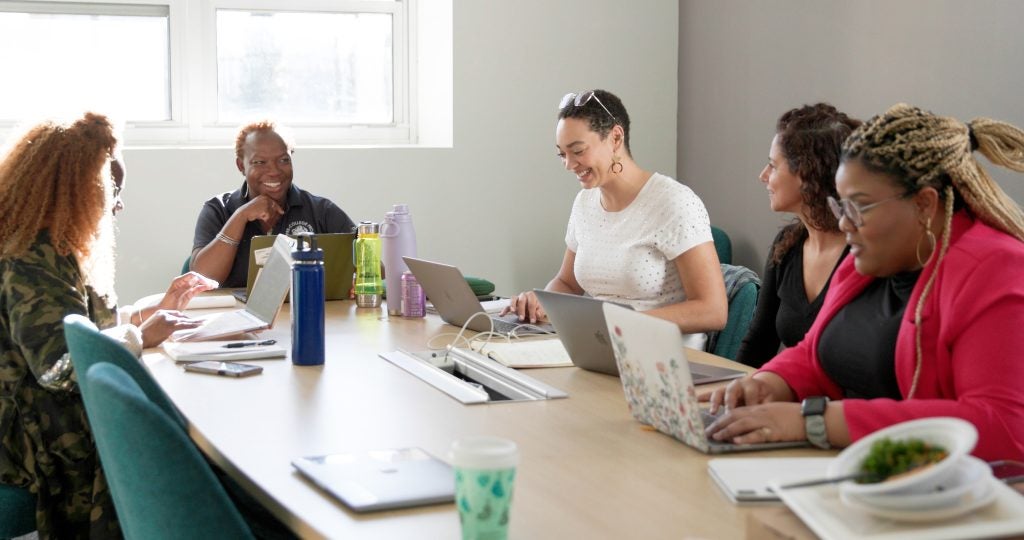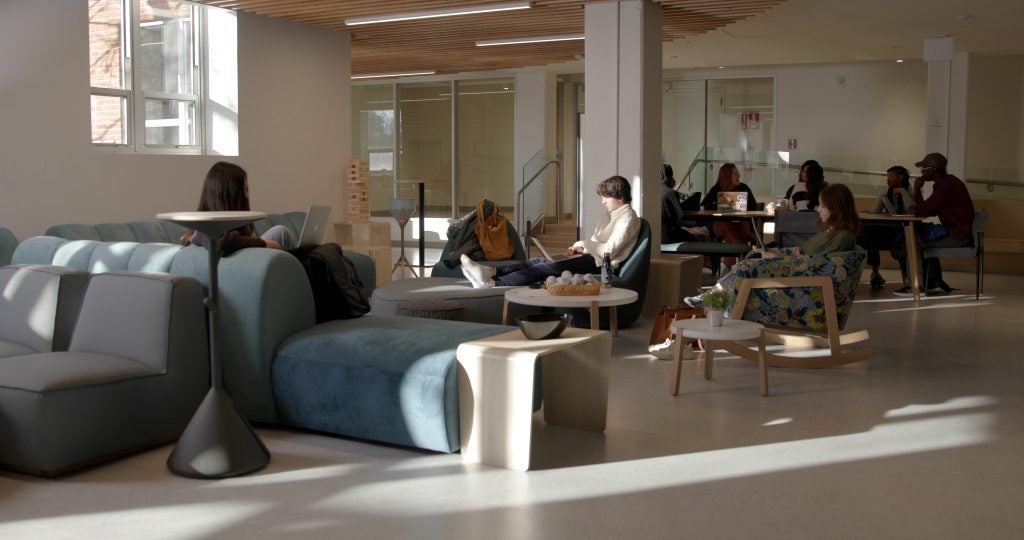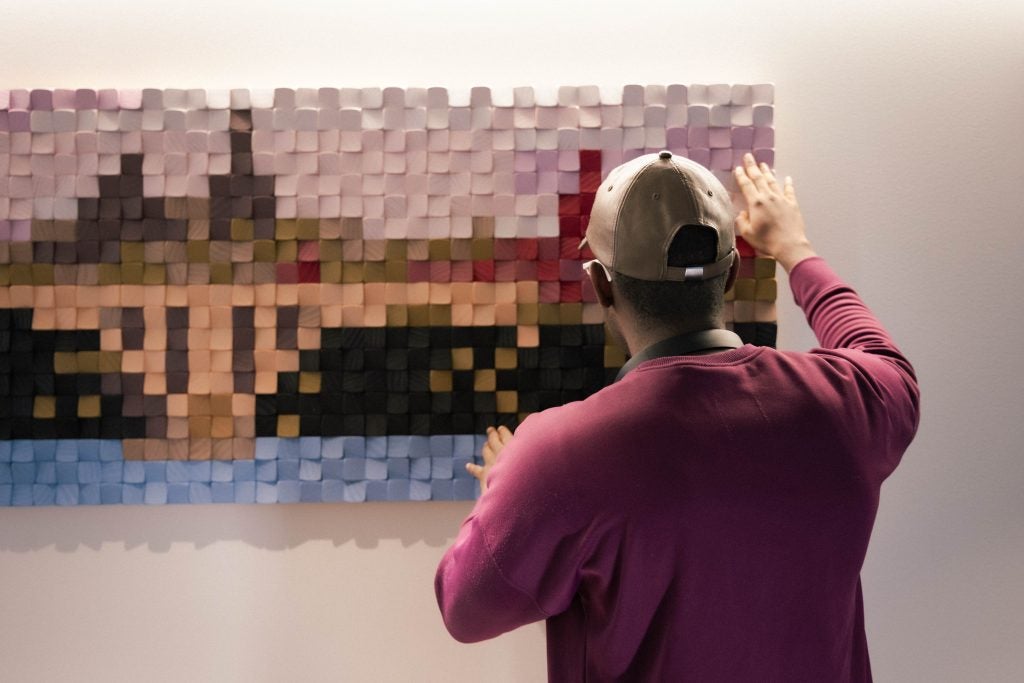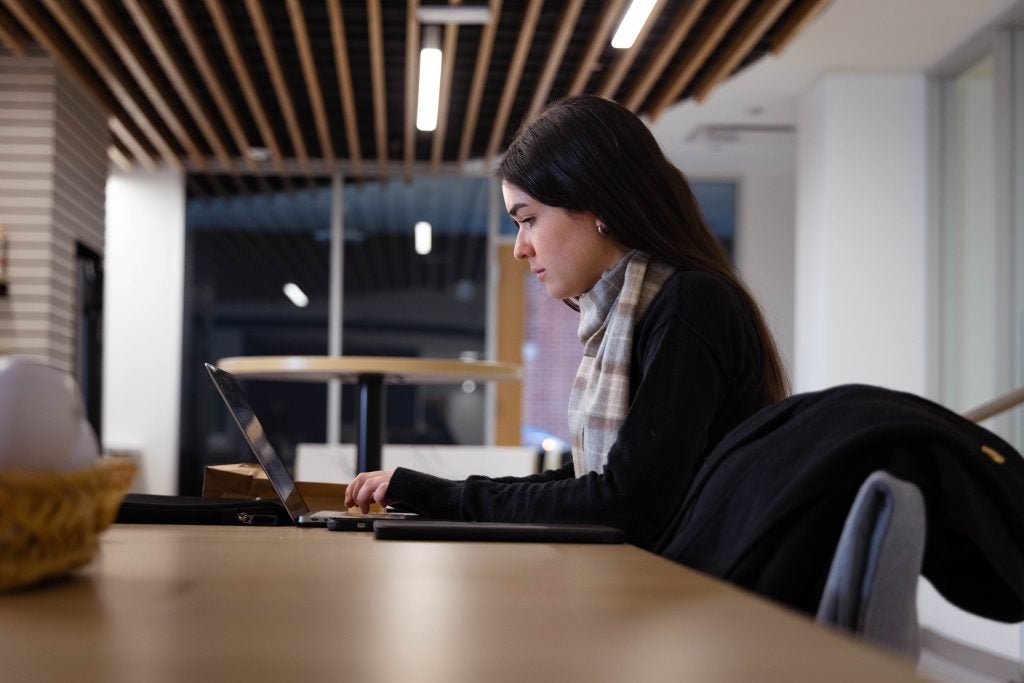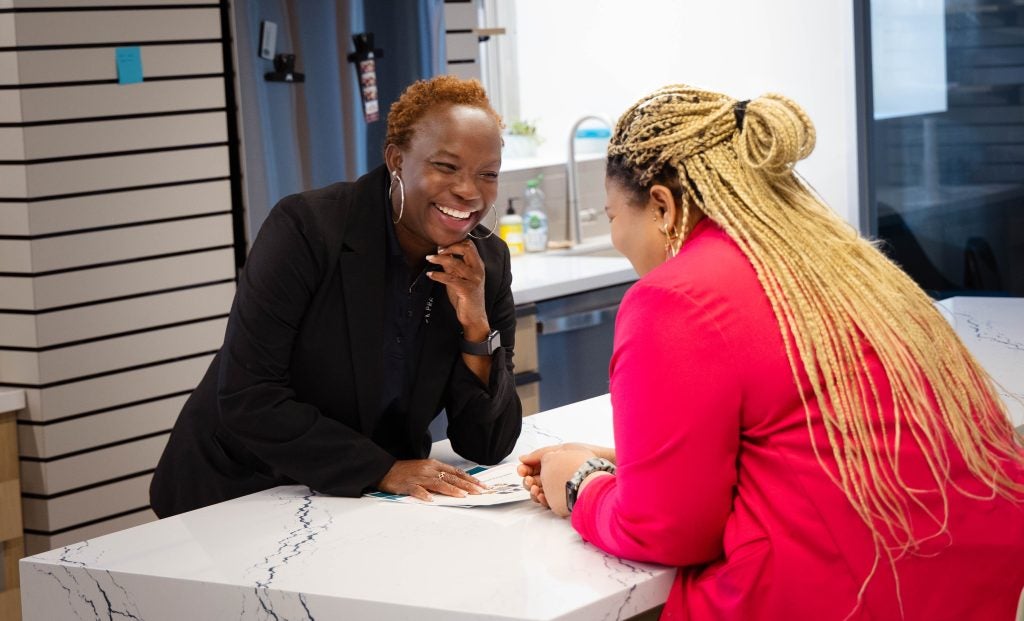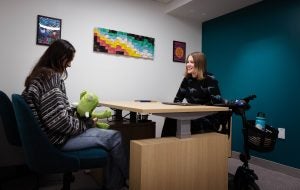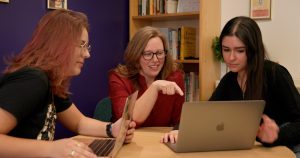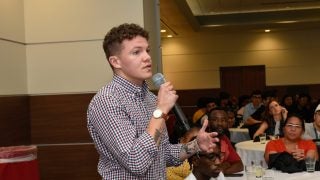Georgetown’s Office of Student Equity & Inclusion (OSEI) opened a new community center on the lower level of New South that will be the campus’ central hub for diversity, equity and inclusion work. The space will be home to the Center for Multicultural Equity and Access, the Community Scholars Program, the Disability Cultural Center, the LGBTQ Resource Center and the Women’s Center.
The move reflects Georgetown’s deepening commitment to services that support historically underrepresented students and promote a diverse and inclusive campus for all students, faculty and staff.
“Community in diversity is one of our pillars as a Jesuit institution,” said Dr. Adanna J. Johnson, who leads OSEI as the associate vice president for student equity and inclusion. “This is one of the best examples of community in diversity at Georgetown because all of our centers that support identity-based work are here to provide support for our students, to engage them in co-curricular work, to allow space for them to truly be themselves, and to sigh and relax and engage with one another.”
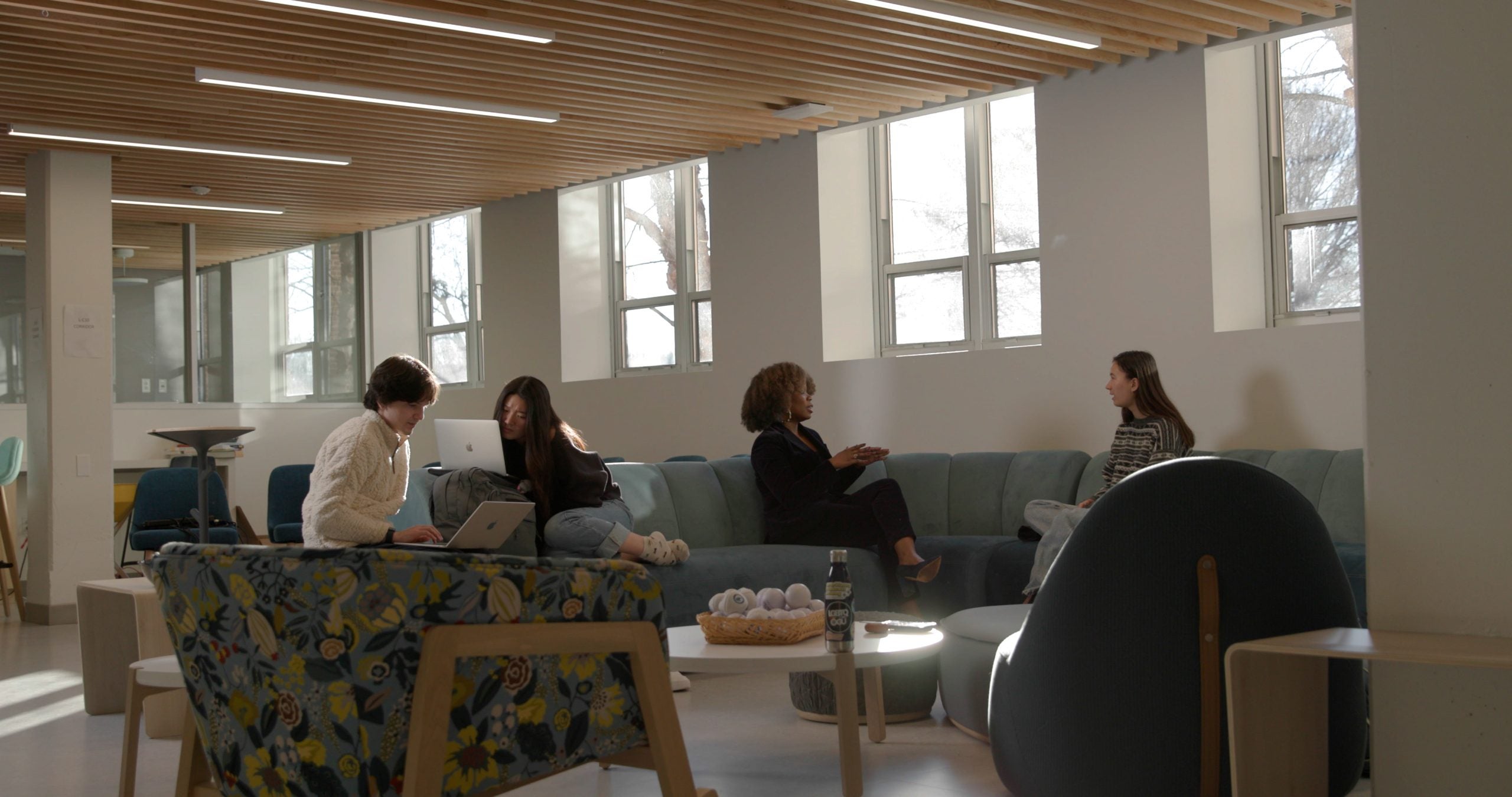
OSEI’s offices and centers, which were previously located in the Leavey Center, will now be co-located under one roof, offering an intersectional approach to caring for students. The space will give students access to several lounge spaces, conference rooms and a multipurpose room that can be adapted for small and larger events. In addition, OSEI will provide several wellness spaces, which are individual, soundproofed rooms for staff from Counseling and Psychiatric Services, Health Education Services, and Campus Ministry to meet privately with students.
The space in New South was previously occupied by approximately 20 staff from the Planning and Facilities Management (PFM) office. The relocation of this team to other campus locations is part of a larger strategy to consolidate administrative activities away from high-traffic student life spaces such as New South.
OSEI’s new home also features a first for any university in the Washington, DC, area: a sensory room. The state-of-the-art space features interactive light technology, textured walls and various stimulation devices to meet people’s sensory needs.
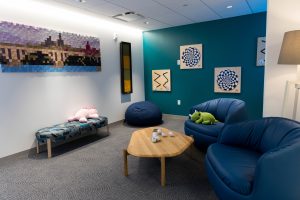
At the center of the design and layout of the new space is Georgetown’s value of cura personalis, or care for the whole person. Eleanor JB Daugherty, vice president of student affairs, says that she hopes students will embrace the new space as one that is inviting and embraces every aspect of students’ identities.
“This space welcomes everyone and sees them for who they are and what they will become,” Daugherty said. “And once we come together as a community of people, we are able to see the greatness of all of us together in this space as a Georgetown family.”
Accessibility was a key factor in the design of the space, from flooring materials that make for smooth paths for students who use mobility devices to furniture designed to meet different body types and access needs. The new space will also feature assistive listening technology and distinct signage to make the space more welcoming to students.
“We wanted this space to be as inclusive and accessible as possible,” said Amy Kenny, director of the Disability Cultural Center (DCC). “Everything from the color choice to the fixed and flexible furniture to the design of the braille and tactile signage has been built with accessibility in mind.”
